Learn how to cook dinner from scratch every night for a large family with time-saving tips, budget-friendly strategies, and easy recipes that take 30 minutes or less. Discover the benefits of early dinners, seasonal meal planning, and the importance of cooking from scratch on a homestead.
I often ask, “How do you cook from scratch every night for such a large family?” Well, let me tell you—it’s been a journey. It’s taken years of trial and error, but I’ve finally found a rhythm that works for us, and I’m excited to share my tips and tricks with you!
When you’re feeding a large family, dinner can sometimes feel like running a cafeteria or a restaurant. There’s always much to do—planning, prepping, cooking, and cleaning up. It can sometimes feel overwhelming, but with the right mindset and some practical strategies, you can turn meal-making into a fun and fulfilling part of your daily routine.
Now, living on a homestead, we raise most of our proteins and vegetables to sustain our family through the winter. This self-sufficiency makes meal prep more rewarding, knowing that what we eat is fresh, homegrown, and wholesome.
One kitchen gadget that I love is my 8-quart Instant Pot. It’s a real lifesaver when making quick, delicious meals from scratch. The Instant Pot never lets me down, whether I’m whipping up a dump-and-go dinner or cooking a main dish with a side using the two inserts. And let’s be honest—the meat always turns out juicier and more flavorful than it ever did in my old crockpot, which is no longer part of my kitchen.
So, let’s dive into how I manage to cook dinner from scratch every night and how you can, too!
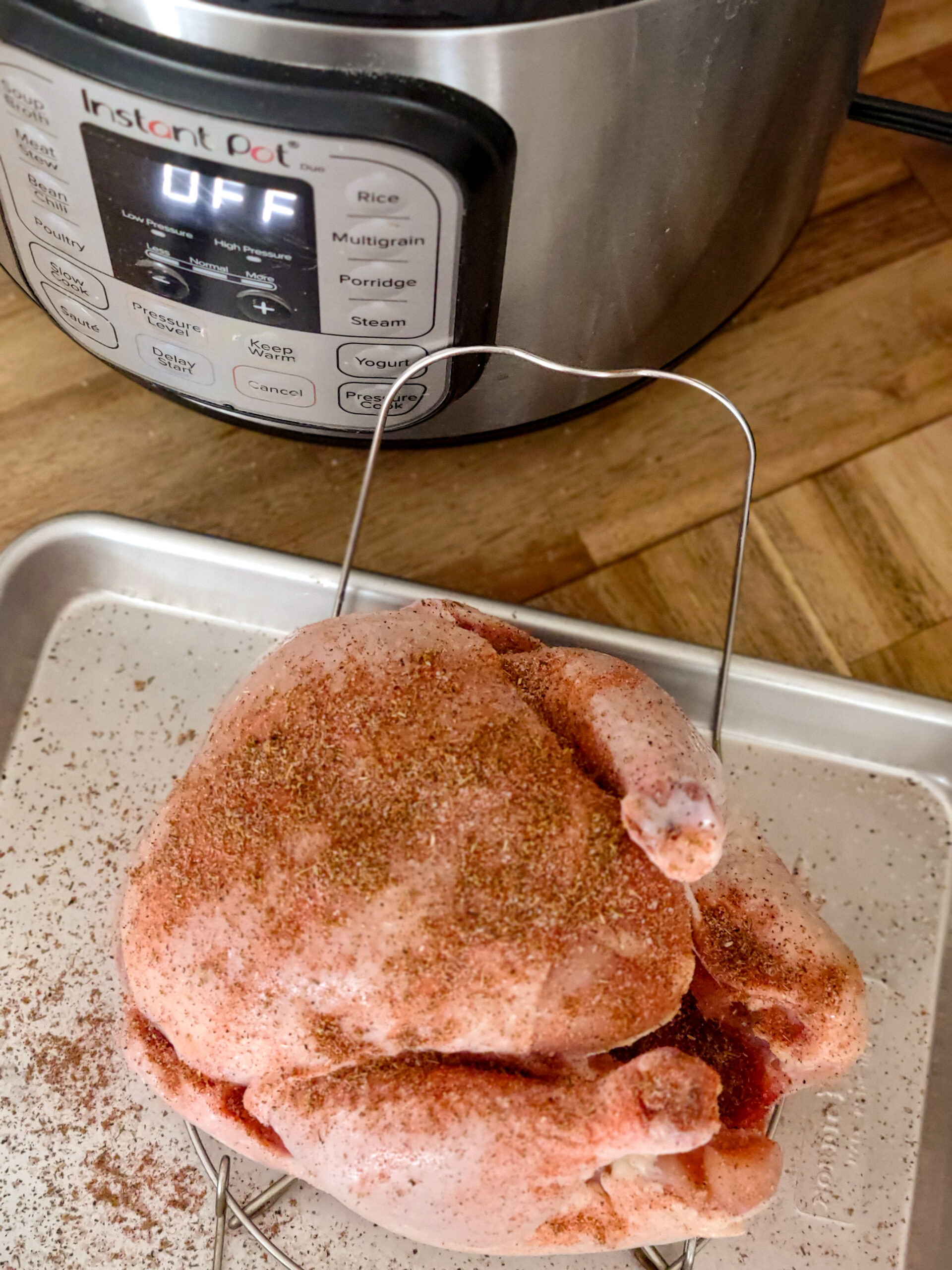
Why We Eat Early Dinners and Why They’re Important
We’ve found that eating early dinners works best for our household. It’s a habit we’ve cultivated over the years, becoming an essential part of our daily routine. Eating dinner early has a lot of benefits—especially for a large family. First, it allows us to spend more quality time together in the evening. After a long day of homeschooling, working on the homestead, and attending various chores, sitting down to an early dinner gives us a chance to reconnect as a family. Plus, with an early dinner, there’s plenty of time for an evening walk, outdoor playtime, or even a game night before bedtime.
Eating early also helps with digestion. Eating earlier in the evening gives our bodies more time to digest the food before we head to bed, which can lead to better sleep and overall health. And let’s not forget—by the time dinner is over and cleaned up, there’s still time for me to unwind with a good book or some quiet time before calling it a night.
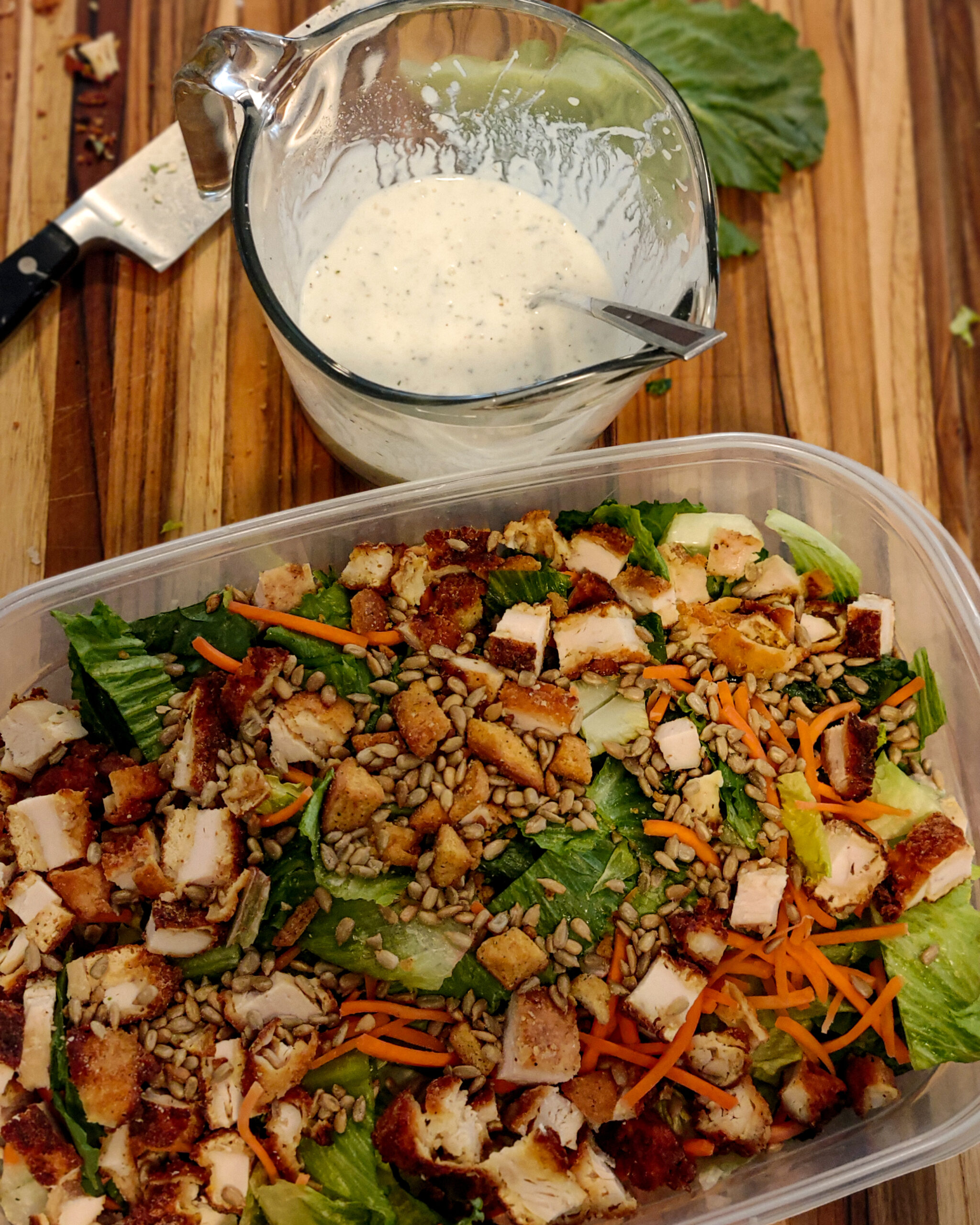
My Favorite Dinner Recipes: Take 30 Minutes or Less
Time is of the essence when you’re cooking for a large family, which is why I’ve perfected a collection of recipes that take 30 minutes or less to prepare. These quick meals are a game-changer on busy weeknights when you need food on the table fast without sacrificing taste or nutrition.
Some of my go-to quick meals include stir-fries, sheet-pan dinners, and Instant Pot creations. For example, a chicken and vegetable stir-fry over rice is a hit with the kids and only takes about 20 minutes to make. Or, I might throw together a sheet pan of seasoned chicken breasts, sweet potatoes, and broccoli—all roast to perfection in about half an hour.
The Instant Pot is also perfect for these quick meals. With its sauté function and pressure cooking capabilities, I can whip up a hearty beef stew or a batch of creamy risotto in no time. And because the Instant Pot does most of the work, I’m free to help with homework, tend to the littles, or take a moment to breathe.
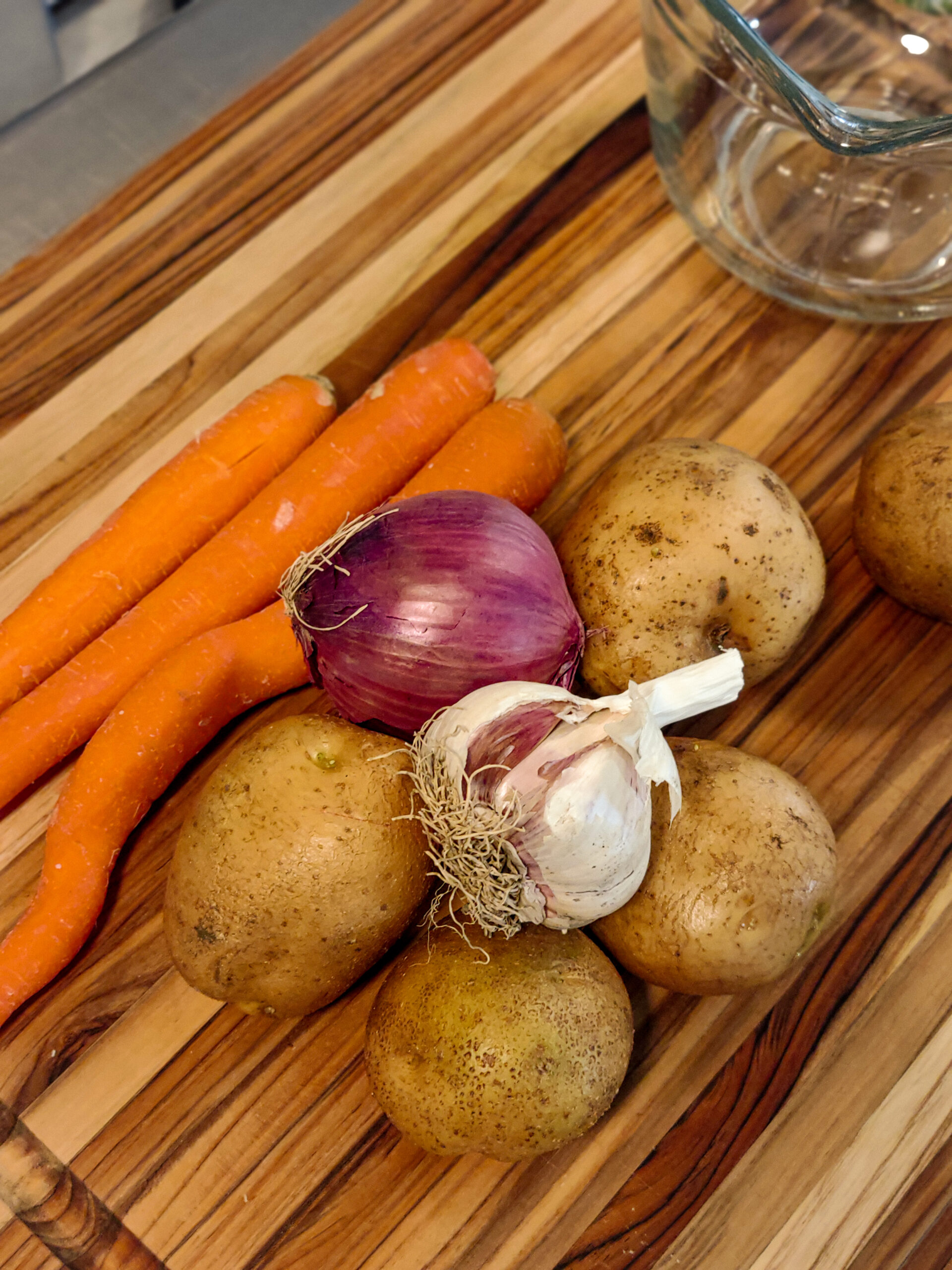
Cooking A Balanced Meal
One key to feeding a large family is ensuring that every meal is balanced. This means including a good mix of protein, vegetables, and healthy carbs to satisfy everyone throughout the day. I’ve found that when our meals are balanced, the kids are happier, and I’m less likely to hear the dreaded “I’m hungry!” an hour after dinner.
I always start with a protein source like chicken, venison, pork, or legumes to ensure our meals are balanced. Then, I add plenty of roasted, sautéed, or steamed vegetables. Finally, I include a healthy carb, such as quinoa, brown rice, or whole-grain pasta.
For example, one of our favorite meals is grilled chicken with roasted broccoli and mashed sweet potatoes for the girls and regular for the guys. It’s hearty, nutritious, and leaves everyone feeling satisfied. I keep our meals exciting by varying the veggies and protein throughout the week and avoid falling into a dinner rut.
Creating a Rotational Meal Plan by Seasons
Seasonal meal planning has been a game-changer for our family. Not only does it ensure that we’re eating fresh, in-season produce, but it also helps me stay organized and reduces the stress of figuring out what’s for dinner each night.
I like to create a rotational meal plan that changes with the seasons. We enjoy lighter meals in the summer, like grilled chicken salads, fresh veggie stir-fries, and cold pasta salads. I shift to healthier meals like soups, stews, and roasted meats with root vegetables as the weather cools.
This seasonal approach allows me to take advantage of what’s freshest at the farmer's market or from our garden, keeping our meals varied and exciting. Plus, by rotating our meal plans every few months, I can reuse our favorite recipes without feeling like we’re eating the same thing repeatedly.
Make a Matching Grocery List to Go with Dinners from Scratch Meal Plan
Once you’ve created your meal plan, the next step is to create a grocery list that matches your meals. This might sound simple, but it’s one of the most effective ways to stay organized and ensure you have everything you need for the week.
I like to organize my grocery list by categories—produce, meat, dairy, pantry items, etc.—so I can quickly check off items as I shop. This helps me avoid the frustration of getting home and realizing I forgot something important. However, if you are a planner, utilize Instantcart or Walmart Pick-Up to save time.
Making a grocery list matching your meal plan will save time at the store and reduce food waste at home. You’ll also avoid the temptation to buy unnecessary items, which helps keep your grocery budget in check.
Shopping One Month at a Time
Speaking of grocery shopping, one of my favorite strategies is shopping for an entire month. This might sound daunting, but it’s a huge time-saver and budget-friendly.
At the beginning of each month, I make a big shopping trip to stock up on pantry staples, frozen meats, and bulk items. Then, if our local market isn't open, I only need to make a quick trip each week to pick up fresh produce, dairy, and other perishable items.
Shopping monthly allows me to take advantage of sales and bulk discounts, which can add significant savings over time. Plus, having a well-stocked pantry and freezer means I’m always prepared to whip up a meal without making a last-minute grocery run.
However, living on a homestead where we grow our proteins, produce and buy bulk flour and sugar and stay away from convenience foods, my shopping can look different than a non-homesteader, and this is okay, too. Also, if you cannot swing the once-a-month shopping every two weeks, it works just as well.
Why Cooking Dinner from Scratch Is Important
Making meals from scratch is essential for so many reasons. For one, it allows you to control the ingredients that go into your food, ensuring that your family eats healthy, wholesome meals without any unnecessary additives or preservatives.
Cooking from scratch also fosters a deeper connection to the food you eat. When you take the time to prepare a meal from start to finish, you’re more mindful of the ingredients and the effort that goes into creating something nourishing for your family.
Cooking from scratch is often more cost-effective than buying pre-made or processed foods. With some planning and basic cooking skills, you can create delicious, nutritious meals for a fraction of the cost of takeout or convenience foods.
How to Cook Large Dinners from Scratch More Cost-Effective
Feeding a large family can be expensive, but there are many ways to make it more cost-effective. One of the best strategies is to buy in bulk, especially for items like grains, beans, and meats that you use regularly.
Another tip is to use affordable, versatile ingredients. For example, a whole chicken can be roasted for dinner one night, and the leftovers can be turned into chicken salad or soup the next day. And don’t forget to save those bones to make homemade stock!
I also like incorporating more plant-based meals into our rotation, often less expensive than meat-based dishes. Lentil stew, black bean tacos, and vegetable stir-fry are hearty, nutritious, and budget-friendly.
Finally, planning meals around what’s on sale or in season can help you save even more. By being flexible with your meal plan and taking advantage of discounts, you can keep your grocery bill in check without sacrificing quality or variety.
Follow the Rule of $100-125 Per Person in Your Family for Food Budget
One rule of thumb that I’ve found helpful for budgeting our family’s food expenses is to allocate $100-125 per person per month. This budget doesn’t include household essentials like toiletries or cleaning supplies—just-food.
For our family of eight, we aim to spend between $800 and $1,000 on groceries each month. Sticking to this budget requires careful planning, but it’s doable with the right strategies. Hopefully, as we become more self-sufficient, this will decrease by 50% in the next year or two as we supply ourselves with 80% of our food for the year.
By shopping in bulk, planning meals around sales, and cooking from scratch, we can provide healthy, delicious meals for our family without breaking the bank. And the best part? By being mindful of our food budget, we can allocate more funds towards other priorities, like homeschooling supplies, homestead projects, or the occasional family outing.
I hope you found this blog on cooking dinner from scratch every night helpful and inspiring! Cooking for a large family can be challenging, but with the right strategies and creativity, making delicious, homemade meals that everyone will love is possible.
Remember, if you try one of my recipes or read a how-to blog, please rate and review it as it helps.

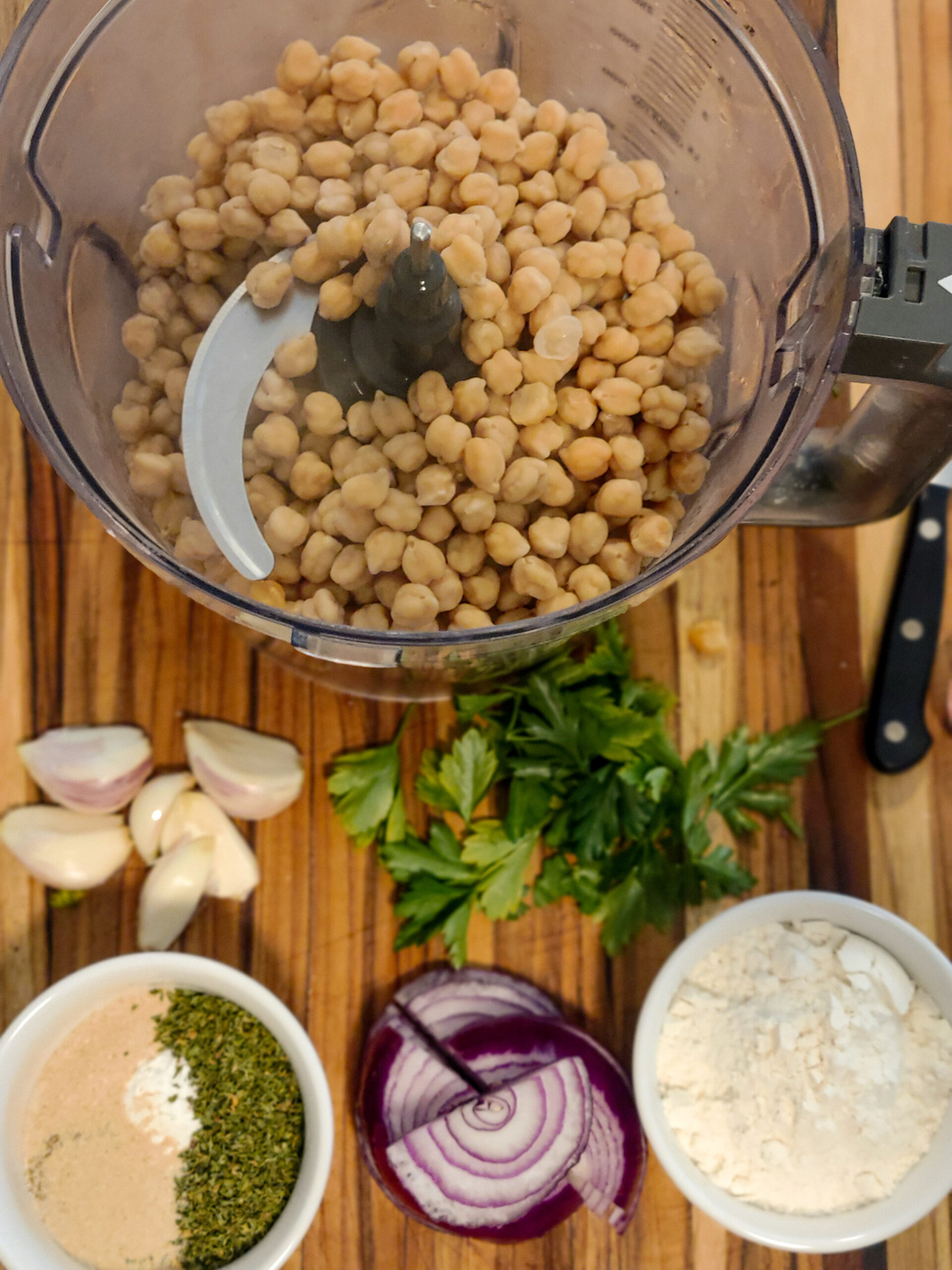
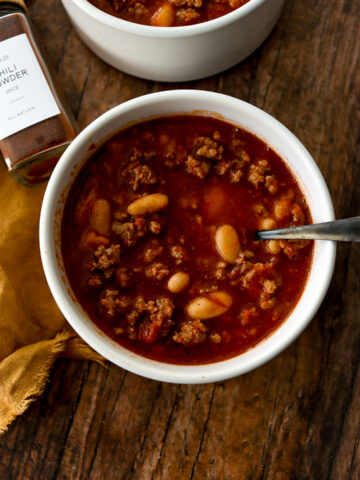

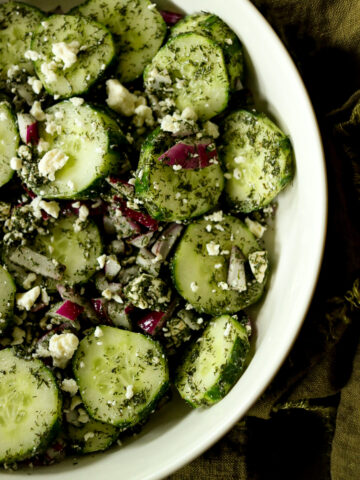

Leave a Reply